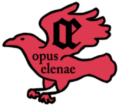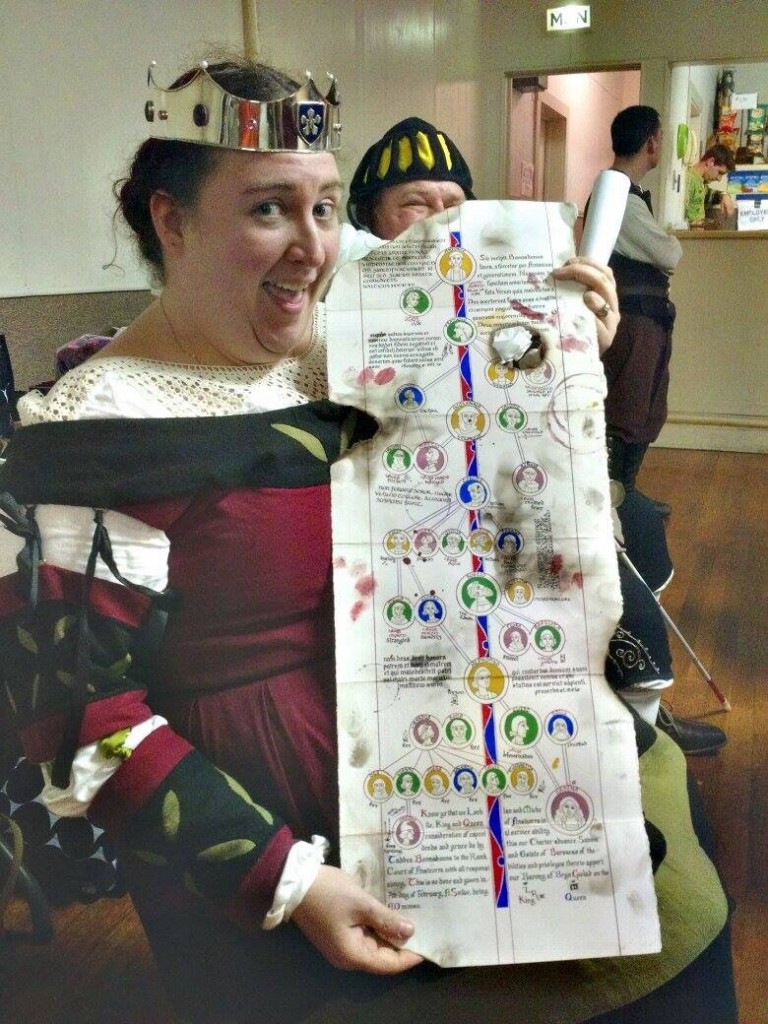In Progress: Cecilie’s Bliaut
Not exactly SCA related, but sort of tangentially appropriate. My friend Cecilie works at Sherwood Forest Faire here in Austin, and she commissioned me to make her a 12th century bliaut with pendant sleeves, like this one that Racaire made. She bought a lovely blue linen in herringbone twill, and instead of taking time away […]
In Progress: Cecilie’s Bliaut Read Post »

